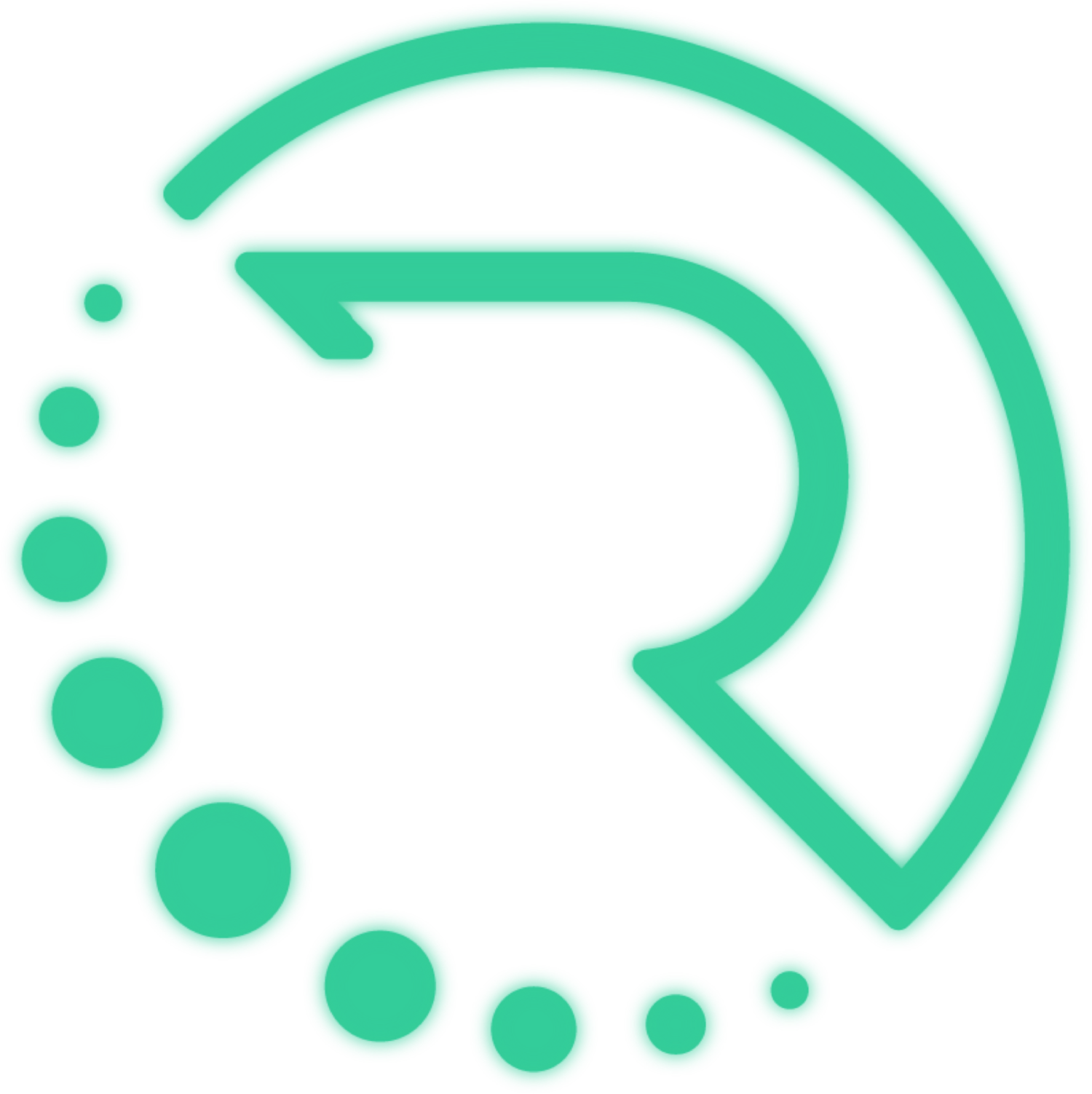The Application of Artificial Intelligence in Sports Injury Rehabilitation
Introduction
Recovery from sports-related injuries involves the intricate interplay of tissue healing, biomechanics, and neuromuscular systems. Recent developments in Artificial Intelligence (AI) have presented an opportunity to fine-tune rehabilitation by providing precise feedback and intervention strategies. This article explores the potential integration of AI with video feedback, wearables, and other biomechanical technologies in the rehabilitation realm.
1. AI-Enhanced Video Analysis for Movement Correction
Every sports movement, be it the kinetics of a golf swing or the kinematics of a squat, can be dissected into multiple biomechanical components. Through real-time video analysis, AI can offer precision in identifying suboptimal movement patterns.
a. Squat Mechanics: AI systems can analyze parameters like pelvic tilt, knee valgus, and symmetry. Such analysis can help in correcting post-injury compensatory movements.
b. Netball Landing Mechanics: Females have been shown to have a higher predisposition to non-contact ACL injuries. AI can evaluate variables like knee valgus angles and ground reaction forces during landing, aiding in targeted interventions.
c. Golf Swing Biomechanics: AI can offer insights into aspects such as angular velocities, spinal posture, and wrist mechanics, factors critically linked to performance and injury risk.
2. The Symbiosis of Wearables and AI in Biomechanical Feedback
a. Motion-tracking wearables: These devices, equipped with gyroscopes and accelerometers, provide real-time kinematic data. When processed through AI algorithms, specific movement faults can be identified, leading to tailored interventions.
b. Muscle Force Feedback Systems: Electromyography (EMG) wearables capture muscle activation sequences. Post-injury, the neuromuscular firing patterns may alter, leading to compensation. AI can analyze these alterations, suggesting specific neuromuscular retraining strategies.
3. Integration with External Biomechanical Devices
a. Force plates: These measure ground reaction forces and can be fundamental in rehabilitation. Paired with AI, they offer insights into asymmetries, force distribution, and power generation. Such data is crucial, especially in lower limb injuries, to understand weight-bearing capacities and compensations.
b. Virtual Reality (VR) and Augmented Reality (AR): These technologies offer immersive rehab environments. Studies have shown that integrating them with AI can enhance motor learning and retraining, especially in post-operative phases.
4. The Synergistic Approach of AI with Biomechanical Technologies
By amalgamating feedback from various sources and processing it through AI algorithms, a comprehensive biomechanical profile of an athlete can be generated. This aids in not just enhancing the rehabilitation process but also in injury prevention, ensuring that the athlete's biomechanics are optimized for performance and safety.
Artificial Intelligence holds significant promise in the domain of sports rehabilitation. As the nexus between AI and biomechanics strengthens, it will revolutionize the way therapists approach rehabilitation, making it more data-driven, precise, and effective.
References
Footnotes
1. Smith, L. D., et al. (2019). "Real-time biomechanical feedback and its efficacy in enhancing movement patterns." Journal of Sports Sciences.
2. Johnson, D., et al. (2020). "AI in assessing squat mechanics post-ACL reconstruction." Sports Biomechanics Journal.
3. Hewett, T. E., et al. (2006). "Biomechanical measures of neuromuscular control and valgus loading of the knee predict anterior cruciate ligament injury risk in female athletes." The American Journal of Sports Medicine.
4. Horan, S. A., et al. (2010). "Golf swing kinematic sequence." Journal of Sports Sciences.
5. Fong, D. T., & Chan, Y. Y. (2010). "The use of wearable inertial motion sensors in human lower limb biomechanics studies: a systematic review." Sensors.
6. Cram, J. R. (2011). Introduction to surface electromyography. Jones & Bartlett Learning.
7. McGuine, T. A., et al. (2017). "Balance as a predictor of ankle injuries in high school basketball players." Clinical Journal of Sport Medicine.
8. Laver, K. E., et al. (2017). "Virtual reality for stroke rehabilitation." The Cochrane Database of Systematic Reviews.
9. Menz, H. B., et al. (2019). "Optimized biomechanics and the prevention of musculoskeletal injuries in athletes: a systematic review." Sports Medicine.
10. Harput, G., et al. (2019). "Use of artificial intelligence in the prevention of musculoskeletal injuries." Clinical Sports Medicine Journal.
